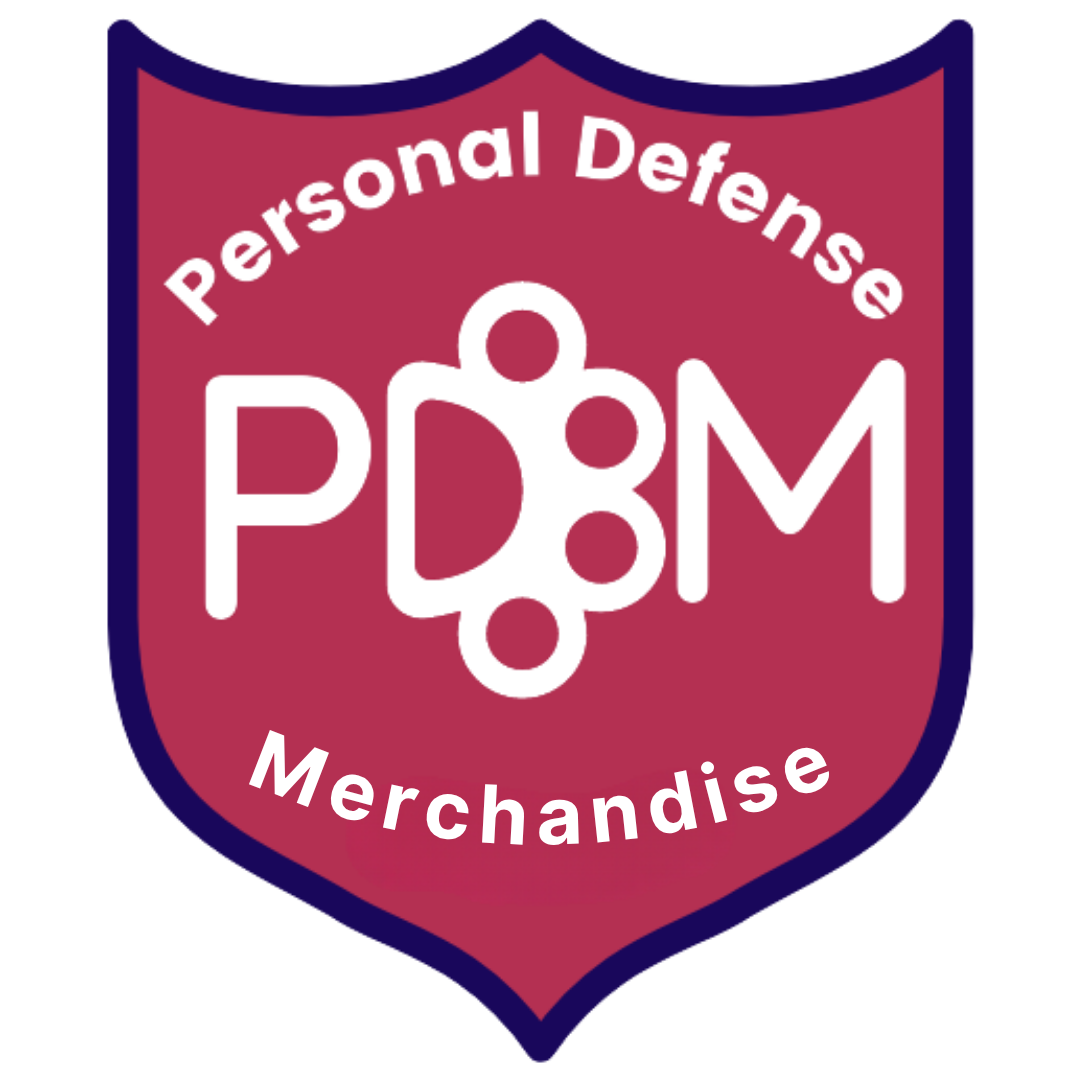Hack-Proof Passwords is a Necessity
We all need strong passwords, and why do they need to change often.
Computer security is a multi-million dollar business, and for a good reason. Please don’t use the same password per account. A strong password requires variety and a mix of upper and lower case letters, numbers, and symbols.
Security professionals strongly recommend that passwords contain at least 10 characters.
Here is a creative way to remember passwords. Would you happen to have a favorite that is meaningful only to you, alone?
- 1. One suggestion is to exchange a letter in the alphabet for the number of that letter in the alphabet. Example – Q177g26z1a15)0&7g or (w2325y8h151A
- 2. It is crucial to “stay up” on mass cybersecurity breaches—like the one disclosed by Yahoo and Gmail.
SMISHING
How many of you are familiar with the term “SMISHING.”
Human skunks use their cell phones to trick people into believing the text they just received, notifying them by text that $5,000 was just withdrawn from their bank account.
When the “victim” is asked by the criminal whether they authorized the transaction, if the “victim” clicks on the link or calls the phone number, the criminal “caller” will try to get more information from the victim.
The criminal then asks the “victim” to verify or update their account information or reveal other personal details. What is not understandable is that people are more liable to trust a text over an email.
The criminals take advantage of the “illegally” obtained confidential information.
Many people will make the “destructive error” of answering the text.
So, the next time you receive a questionable or unusual message, Do Not Respond.
Instead, do the following:
a. Read the text carefully. Take a close look at the way the link is formed. Fraudulent link – www.ChaseBank123.com
- b. The “123” usually signals that the link is invalid. (hacker’s link)
- c. Please Do Not click on “any link” – without first investigating the course of the link.
- Some scammers will dare you to click on your fraudulent link by writing; “Reply with “STOP” if you no longer want to receive these messages.
DANGER
- If you make the mistake of clicking on the link, it tells the hackers that they have contacted a valid phone number and that someone will respond.
- Don’t let the hackers “bait you” into responding back to them. NEVER call the number provided in the text message
Appropriate Action Steps
- Instead, ignore the message.
- Call your bank.
- For any inquiry relating to your bank account, immediately call your bank at the number listed on your statement or on the back of your bank card.
- Your bank shall advise you as to whether the text is legitimate and if any money was actually taken out of your account.
- Check your phone number. Check to make sure there aren’t any unauthorized charges.
- You need to know whether you have been enrolled in some type of subscription service by hackers.
Other people’s information is a multibillion-dollar “Black Market Business.”
FYI: Credible companies (especially banks) won’t ask you for personal information (or sensitive information) in a text message.



